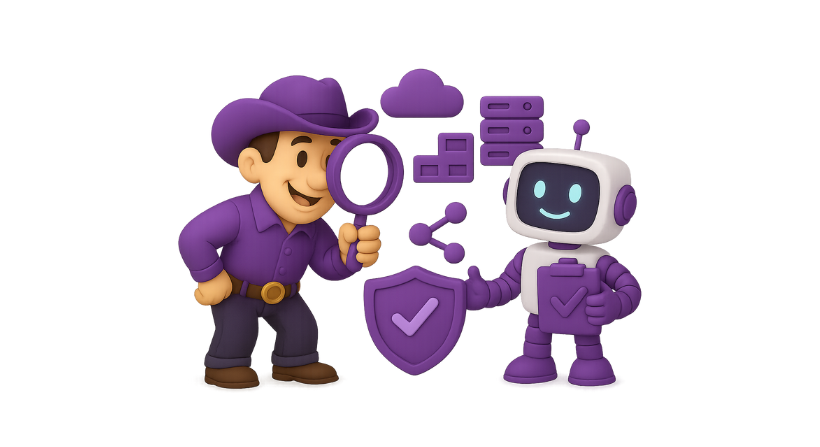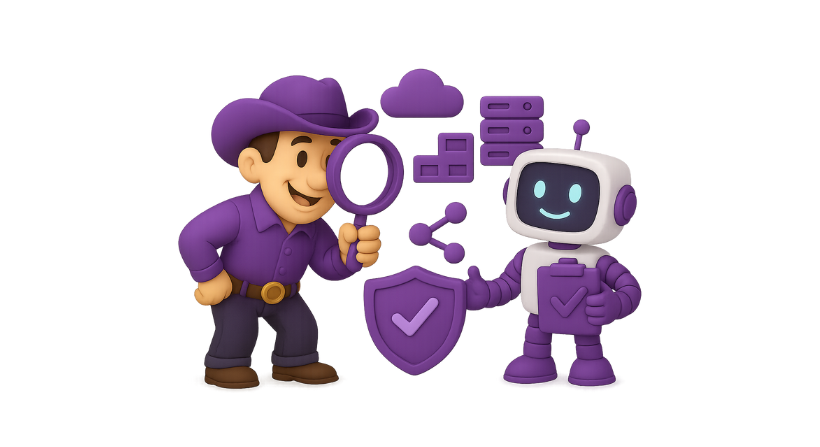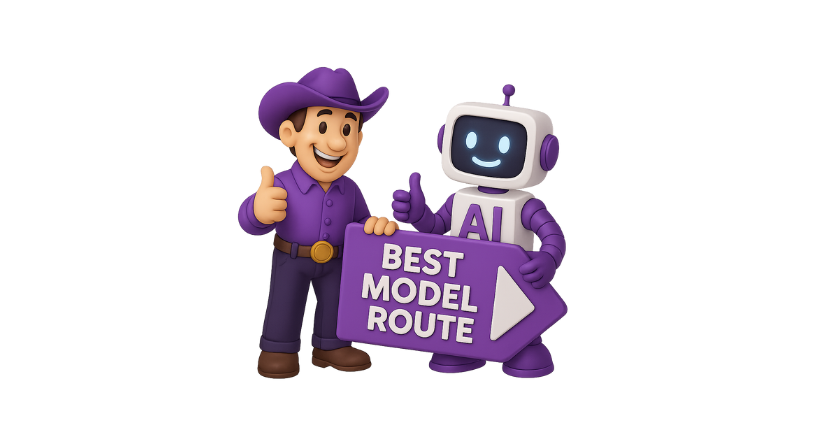As artificial intelligence becomes part of everyday business, many teams are working hard to bring structure to their AI usage. The move from experiments to production means leaders must now manage cost, performance, and security at scale. This is where AI operations comes into play.
AI operations, often called AIOps, refers to the systems and processes that help teams manage AI tools in real time. From tracking large language model usage to enforcing budgets and monitoring prompt quality, AIOps is now essential for companies that rely on models like GPT-4, Claude, and Gemini.
The key to success lies in knowing what to track. An AI operations dashboard gives you a clear view of usage, spend, and performance. But not all dashboards are equal. To make the right decisions, you must watch the right metrics.
In this blog, we’ll explain the top seven metrics every business should monitor in their AI operations dashboard. These insights help teams move fast, control cost, and scale with confidence.
1. Token Usage by Model
Tokens are the basic unit of cost in large language models. Each time your team sends a prompt to a model like GPT-4 or Claude, the input and output are measured in tokens. This metric shows how many tokens are being used and where.
By tracking token usage by model, you can understand how different teams or products consume resources. It also helps highlight whether expensive models are used more than needed. If your team is using GPT-4 when GPT-3.5 would work just as well, this metric will show it.
Without token-level visibility, it’s easy to waste budget on simple tasks that could be completed more cheaply.
2. Cost per Prompt
Knowing how much each prompt costs is critical for controlling spend. Some prompts use too many tokens because they include unnecessary details or have long histories. Others may send retries or use the wrong model for the job.
By tracking the average cost per prompt, you can spot where your team is losing money. This metric helps you identify which prompts are efficient and which ones need to be optimised.
It also supports your finance and operations teams by linking model usage directly to cost, which is useful for budgeting and forecasting.
Quick link: How to Reduce LLM Spend Without Slowing Down Your Team
3. Latency per Model
Latency refers to the time it takes for a model to respond. In production systems, this matters. Long delays affect user experience, delay product workflows, and can even harm conversions in customer-facing tools.
Different models have different speeds. Tracking latency per model allows engineering teams to balance performance with accuracy. Some tasks might need fast replies, while others can afford a slight delay.
This metric helps teams decide which model is best for each job. It also shows when models are performing below expectations due to retries or heavy load.
4. Usage by Team or Product
When multiple teams use AI tools, it is important to understand who is responsible for what. A good AI operations dashboard will break down usage by team, product, or business unit.
This metric allows managers to assign cost to the correct department. It also gives insight into who is driving value and who might be overspending. If one team’s usage is rising fast, you can check if it’s tied to a business goal or if it needs to be reviewed.
It also supports internal billing, planning, and stakeholder communication.
5. Error and Retry Rate
Sometimes prompts fail. Models may timeout, rate limits may be hit, or errors in prompt design can cause retries. Every retry consumes more tokens and drives up cost.
By tracking error and retry rates, you can spot issues before they affect users or budgets. A rising error rate could signal a bug or a change in how a model handles requests. A high retry rate might mean your system is not handling errors well.
Fixing these problems helps reduce spend and keeps systems running smoothly.
6. Model Mix and Routing Efficiency
Most businesses use more than one model. You might use GPT-4 for premium tasks and GPT-3.5 for basic queries. Some companies use Claude for writing and Gemini for search.
This metric shows how well your tasks are routed between models. Are high-cost models used only when needed? Are you getting the best value from each one?
Routing efficiency helps teams avoid overuse of expensive models. It also supports better architecture decisions and helps scale AI with less waste.
7. Budget Thresholds and Spend Trends
A key part of AI operations is making sure you do not overspend. Your dashboard should show how your usage compares to your monthly budget and alert you when you are near the limit.
Tracking spend trends over time helps finance teams with planning. It also helps spot unexpected spikes or dips in usage. If your usage rises one week, you can ask why. If it drops, you can check if something broke.
This metric turns your AI usage into a predictable, manageable expense rather than a mystery bill.
Why These Metrics Matter
When you bring AI into production, you are no longer just testing. You are running real systems that cost money, affect customers, and need to meet business goals.
If you cannot see what is happening across models, teams, and usage types, you cannot manage your risk or performance. These seven metrics give you the insight you need to stay in control.
They also help align engineering, finance, product, and compliance teams around shared data. When everyone has the same view, decisions are faster, clearer, and more effective.
Quick link: Why Enterprises Are Struggling to Track AI Usage
How WrangleAI Helps with AI Operations
WrangleAI is the AI operations platform built for modern teams using large language models. It tracks everything from token usage to cost trends in one unified dashboard.
With WrangleAI, you can:
- See token usage, spend, and latency across models like GPT-4, Claude, and Gemini
- Break down AI usage by team, app, or department for better ownership and billing
- Get prompt-level insights to improve efficiency and reduce cost
- Route tasks to the most cost-effective model based on real-time data
- Set spend caps, alert thresholds, and role-based permissions to stay compliant
- Support multiple models, multiple providers, and even custom endpoints
- It’s everything you need to manage AI in production, without slowing your team down.
Final Thoughts
AI is no longer a side project. It is becoming core to how businesses operate, compete, and grow. But that means AI must be managed like any other piece of infrastructure.
With the right AI operations dashboard and the right metrics in place, you can make smarter decisions, reduce waste, and scale with confidence.
WrangleAI is the platform that makes it all possible. If you want better visibility, control, and governance across your AI stack, visit wrangleai.com and request a free demo today.
The faster your AI grows, the more you need to manage it. Start with WrangleAI.




